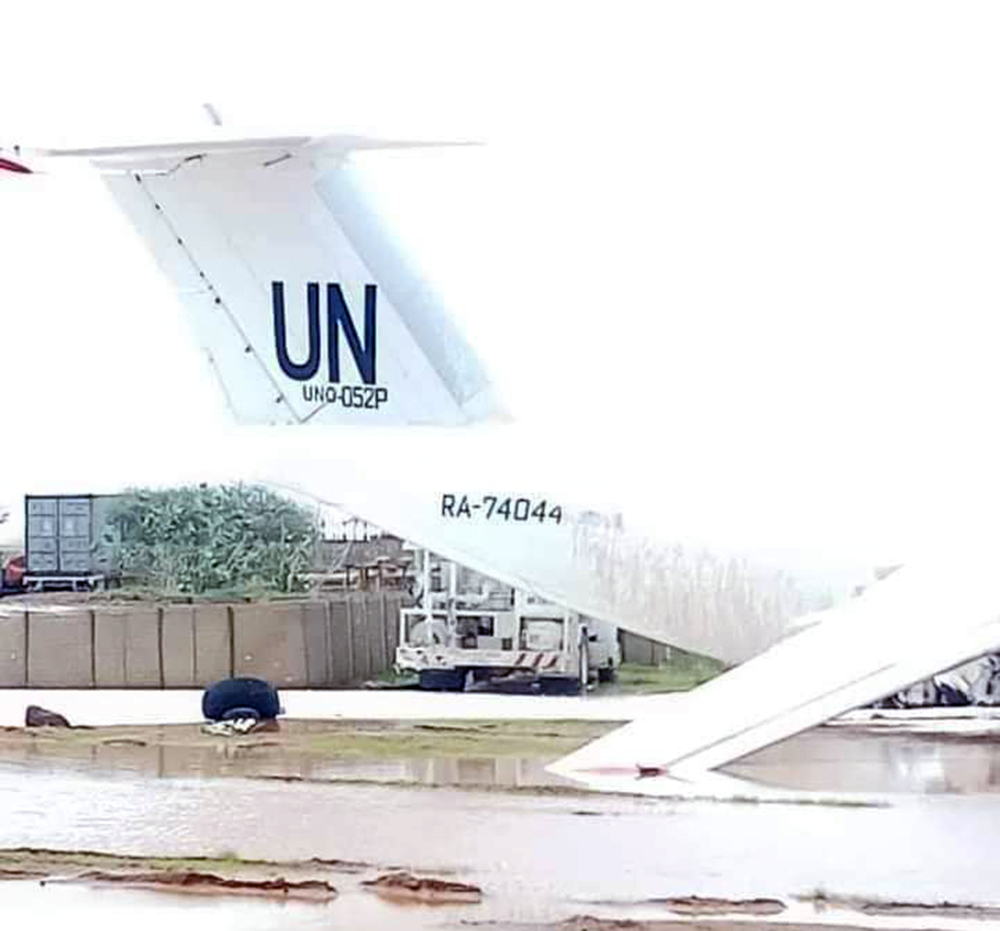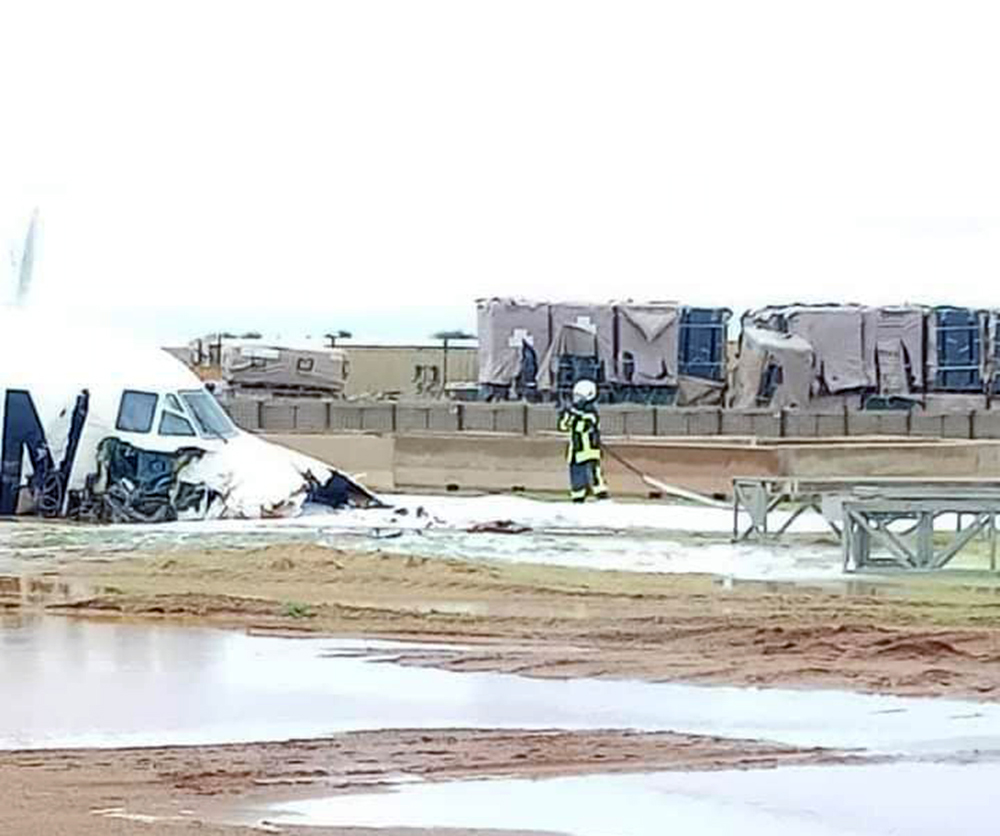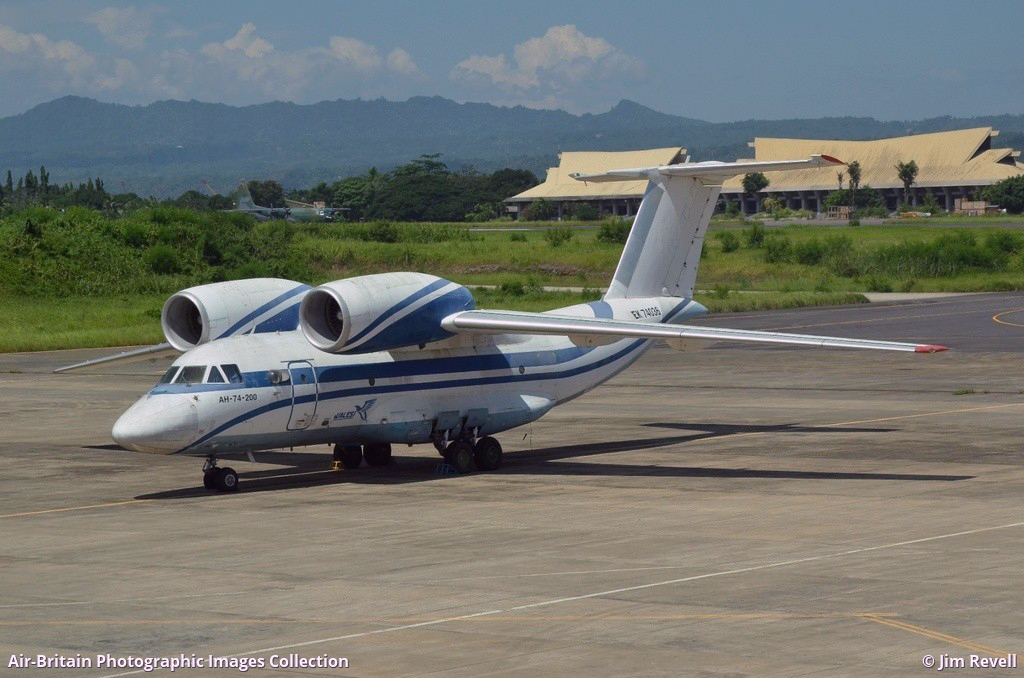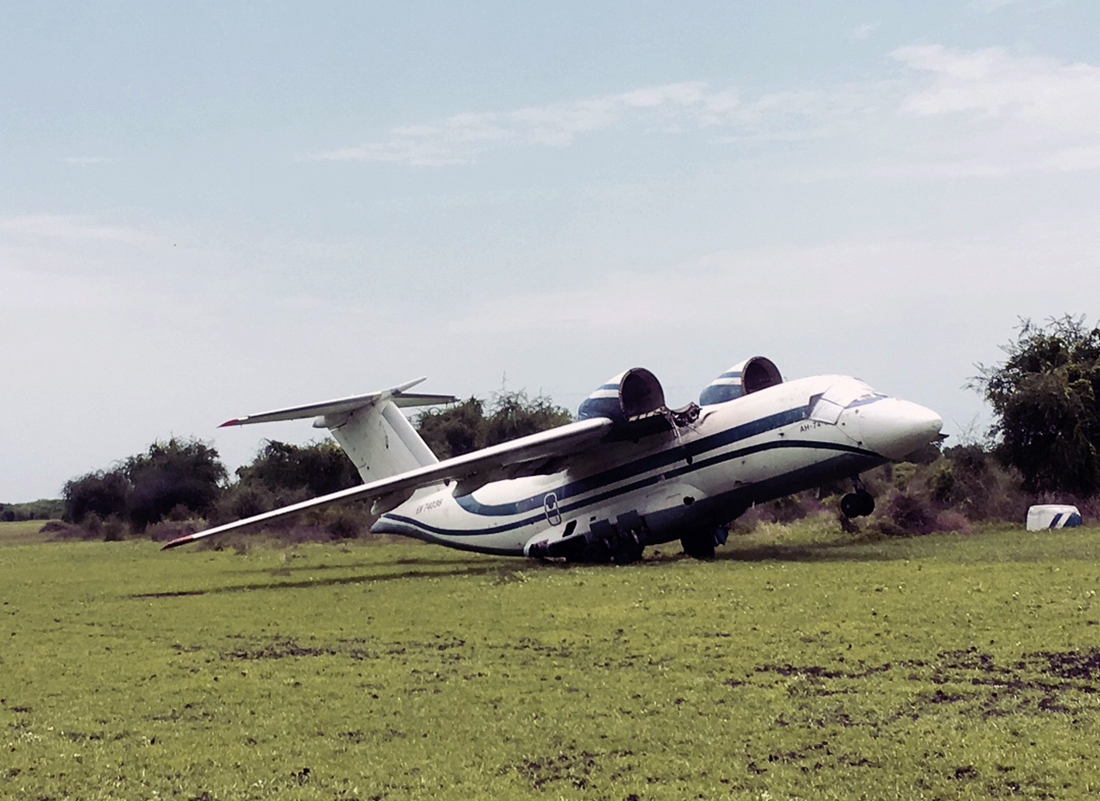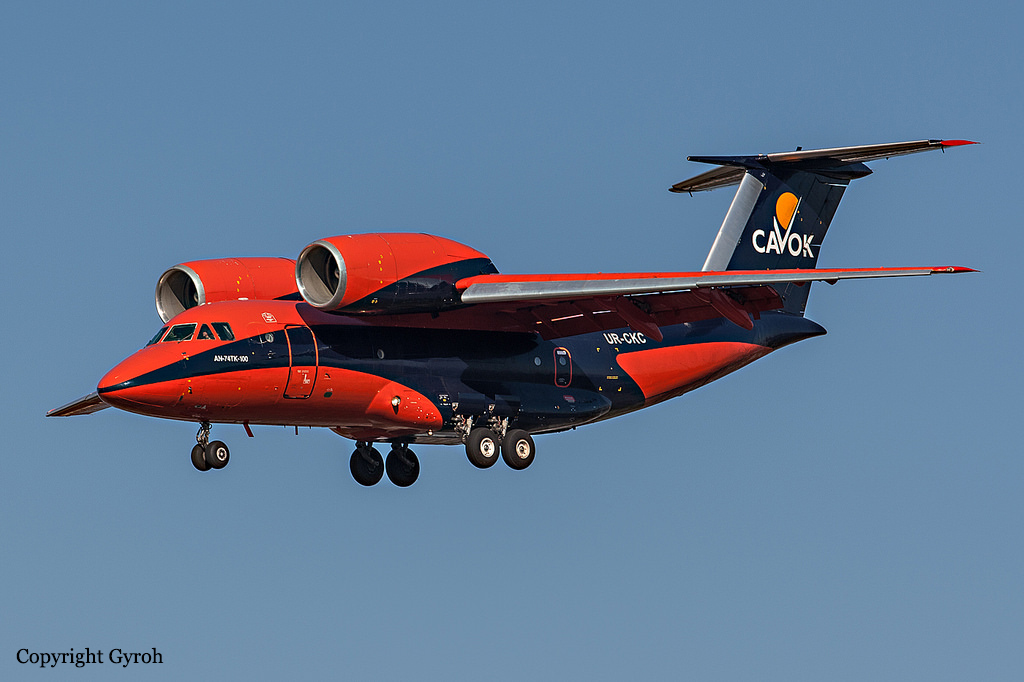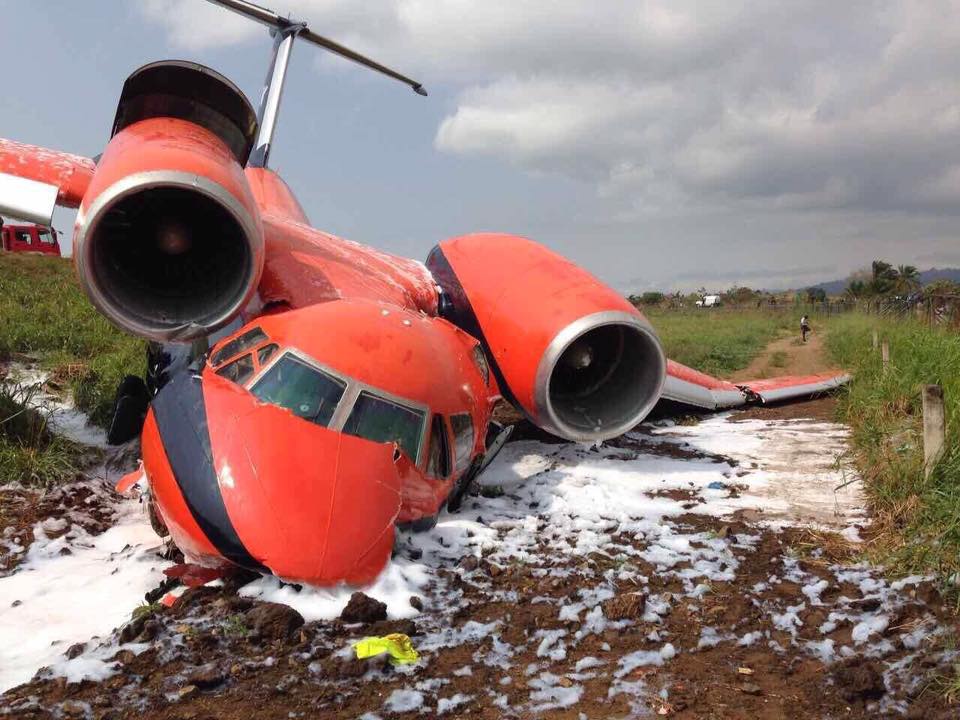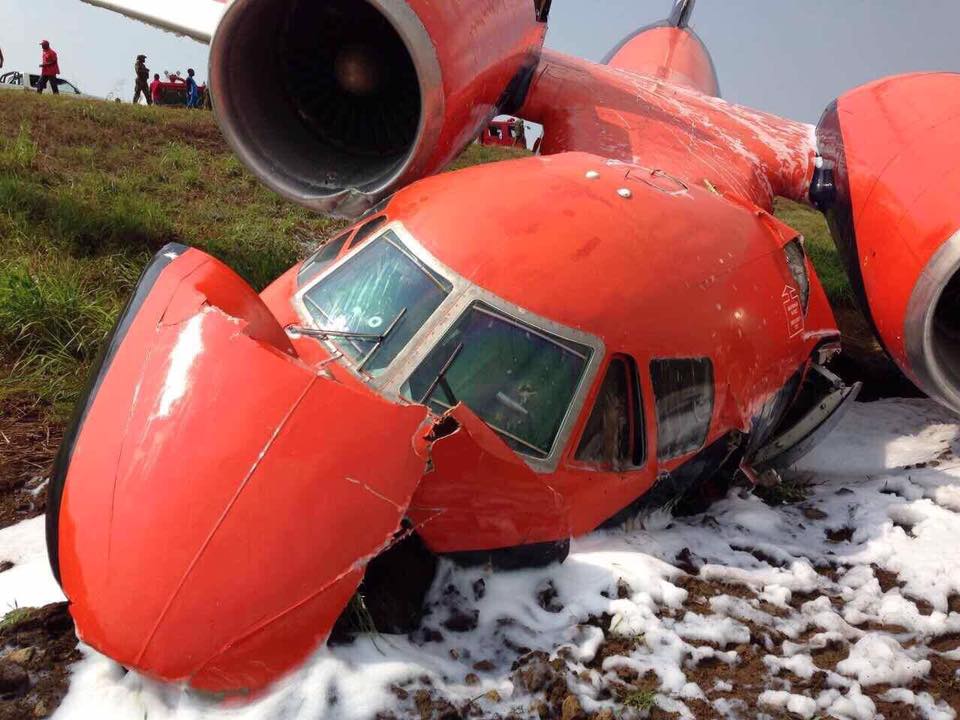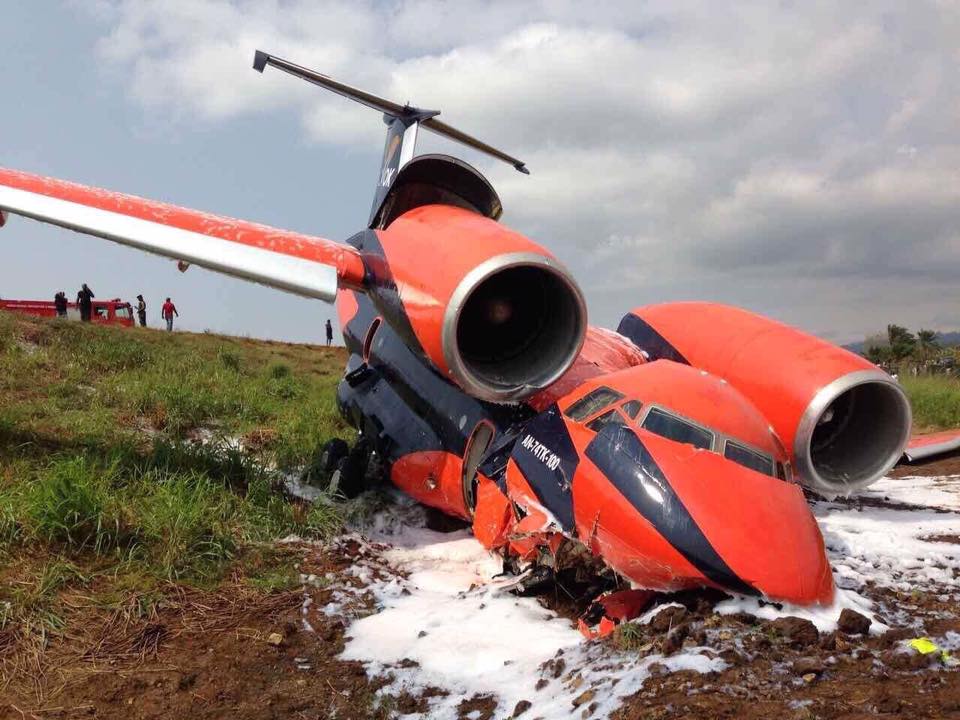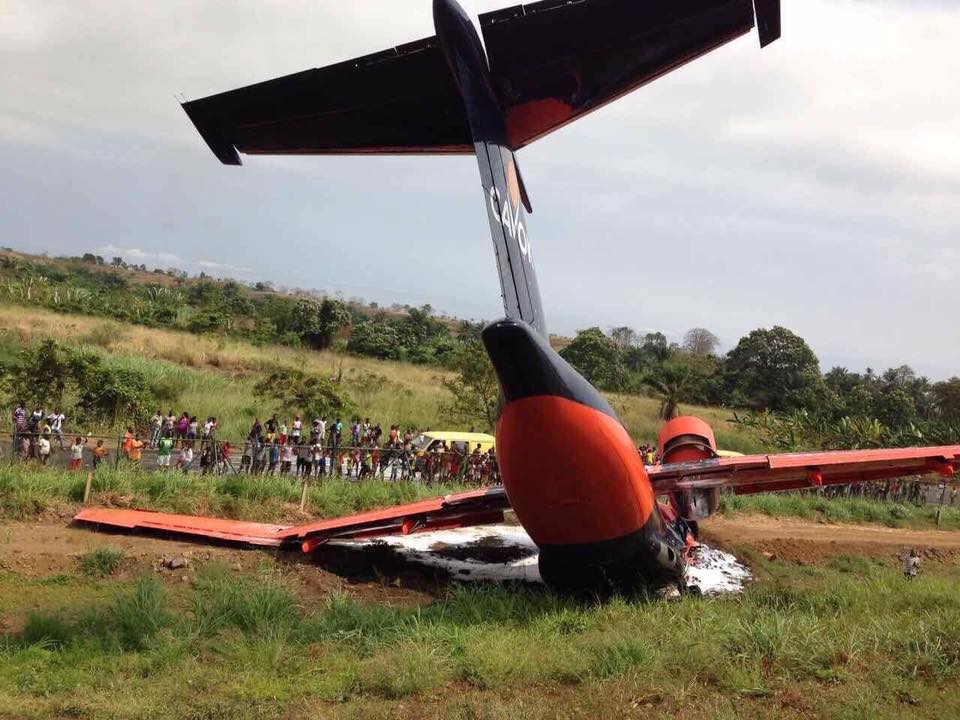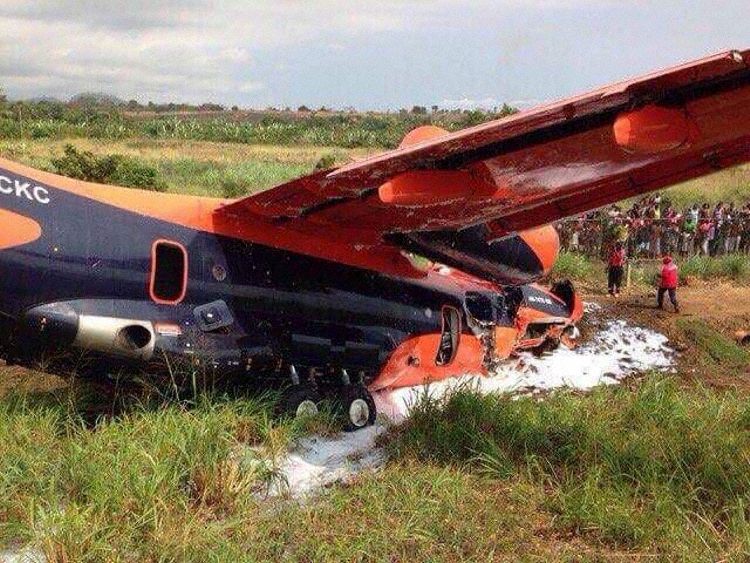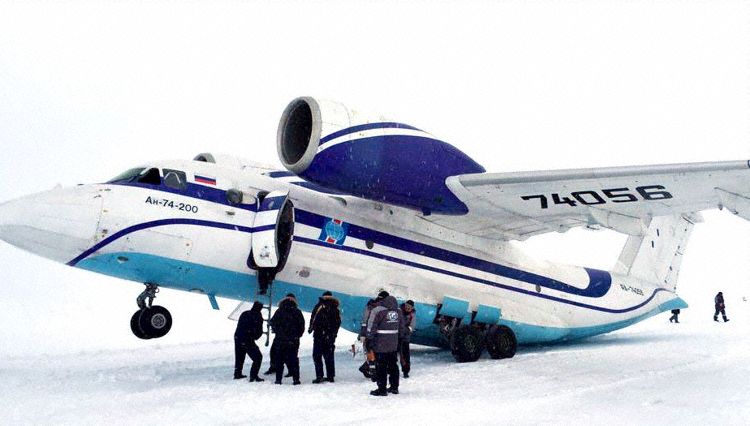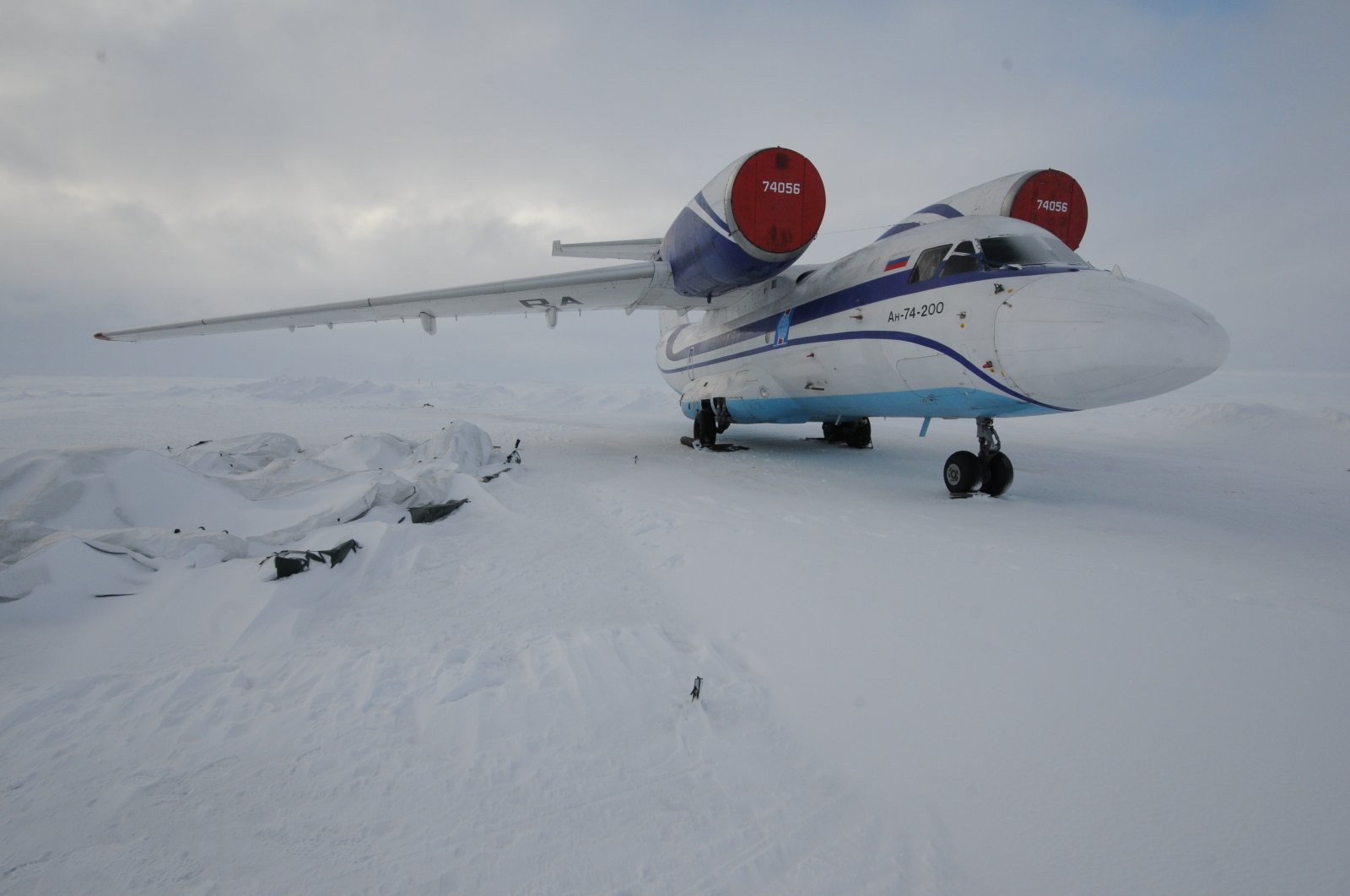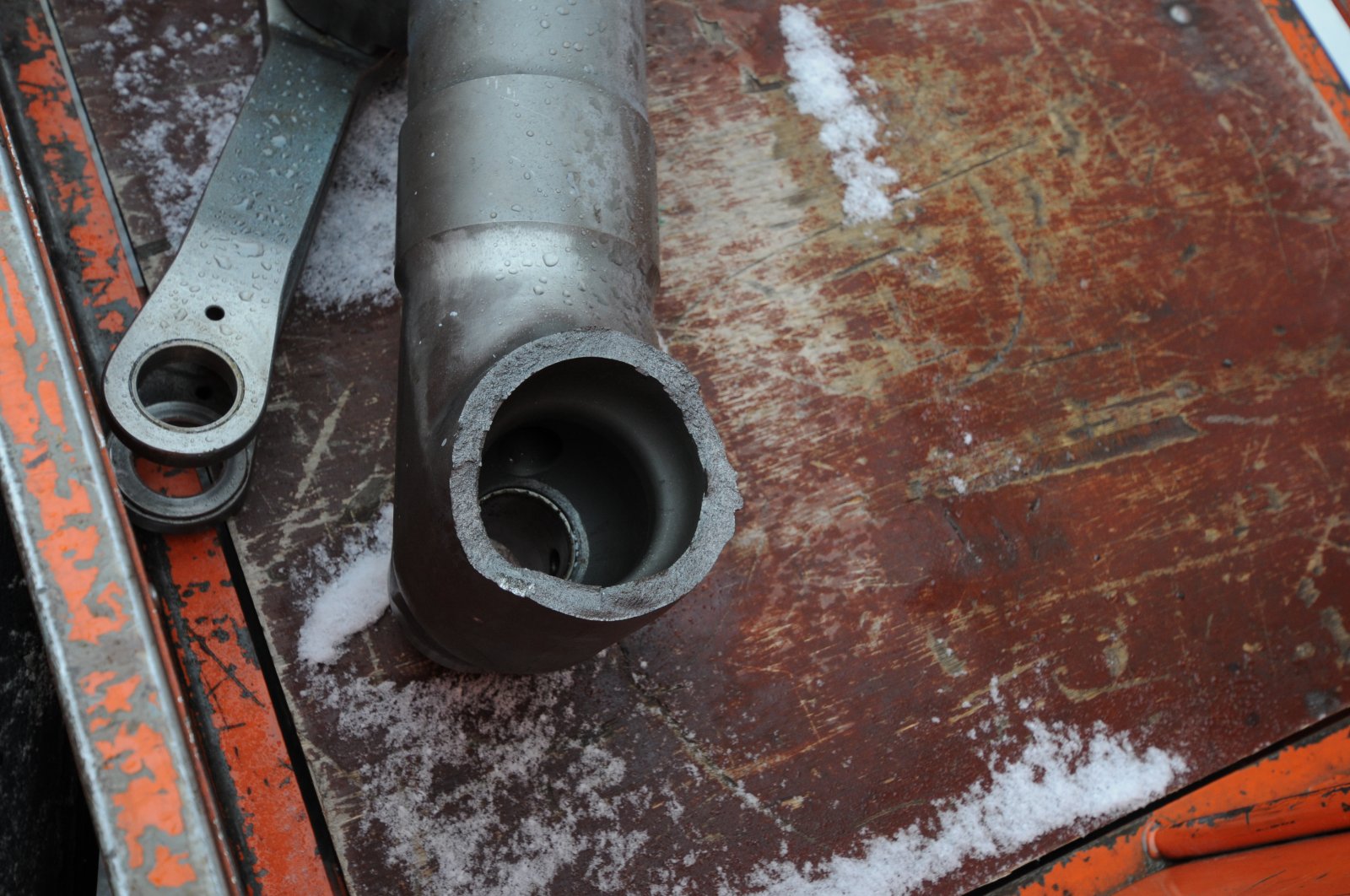Crash of an Antonov AN-74TK-100 in Gao
Date & Time:
Aug 3, 2020 at 1000 LT
Registration:
RA-74044
Survivors:
Yes
Schedule:
Bamako - Gao
MSN:
470 97 936
YOM:
1994
Flight number:
UNO052P
Crew on board:
7
Crew fatalities:
Pax on board:
4
Pax fatalities:
Other fatalities:
Total fatalities:
0
Captain / Total hours on type:
2246.00
Copilot / Total hours on type:
1580
Aircraft flight hours:
13302
Aircraft flight cycles:
6496
Circumstances:
The aircraft was completing flight UNO-052P from Bamako to Gao on behalf of the United Nations Multidimensional Integrated Stabilization Mission in Mali (MINUSMA). En route, the crew encountered technical problems with the electrical system when the right generator failed. The crew attempted to start the APU several times but without success when the left generator also failed. The undercarriage were lowered manually and the landing was completed on a wet runway in rainy conditions. After touchdown, 500 metres past the runway threshold, the crew started the braking procedure but was unable to deploy the thrust reversers. At a speed of 140-160 km/h, the aircraft overran, lost its undercarriage and came to rest in a waterlogged land. All 11 occupants were rescued, among them six were injured. The aircraft was destroyed.
Probable cause:
The aviation incident occurred during rollout after landing, resulting in the longitudinal excursion of the aircraft beyond the runway and collision with a sewage collector during ground movement. The landing was performed on a fully unpowered aircraft with wing flaps retracted, without the possibility of using spoilers and engine reversers for braking. Immediately after landing, the wheel brake system failed due to its usage by the crew at speeds significantly exceeding the established FCOM maximum values for the An-74TK-100 aircraft. The landing under these conditions exceeded the expected operating conditions, as there is no data in the FCOM for its calculation and execution.
The most probable contributing factors were:
- The absence of information in the FCOM regarding landing calculation and crew actions during unpowered flight (landing with retracted flaps without the possibility of using spoilers and engine reversers) due to the aircraft developer's assessment of such a situation as practically improbable.
- Poor execution of pre-flight refueling of generator oil systems and a lack of proper control over their execution, leading to exceeding the permissible maximum oil level, its overheating in flight, melting of thermal sensors, and sequential automatic disconnection of two GP21 generators.
- Failure of the crew to adhere to standard operational procedures for the APU in-flight (failure to activate the APU compartment heater), as well as the preparation and start-up methods outlined in the FCOM, leading to the inability to start the APU and complete loss of power in the aircraft after the battery voltage dropped below the permissible value.
The most probable contributing factors were:
- The absence of information in the FCOM regarding landing calculation and crew actions during unpowered flight (landing with retracted flaps without the possibility of using spoilers and engine reversers) due to the aircraft developer's assessment of such a situation as practically improbable.
- Poor execution of pre-flight refueling of generator oil systems and a lack of proper control over their execution, leading to exceeding the permissible maximum oil level, its overheating in flight, melting of thermal sensors, and sequential automatic disconnection of two GP21 generators.
- Failure of the crew to adhere to standard operational procedures for the APU in-flight (failure to activate the APU compartment heater), as well as the preparation and start-up methods outlined in the FCOM, leading to the inability to start the APU and complete loss of power in the aircraft after the battery voltage dropped below the permissible value.
Final Report:

